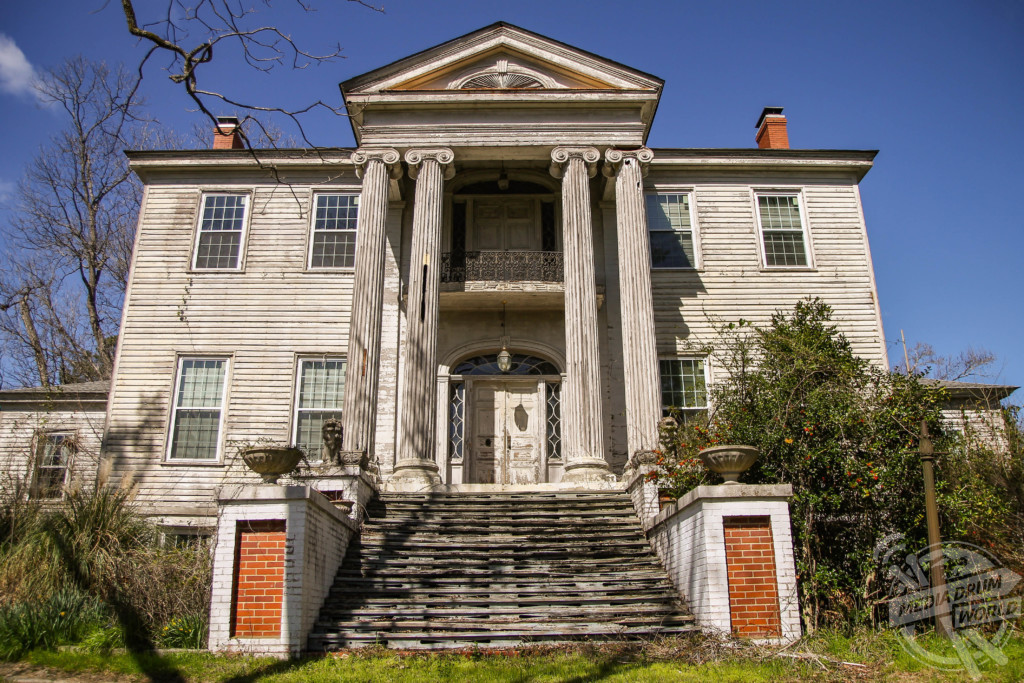By Mark McConville
PEEK INSIDE the abandoned remains of a stunning 19th century house where gold is rumoured to be buried and the original owner is said to have had a heart attack after learning his fence cost more than the house.
Stunning pictures show the grand entrance to the house with steps leading to an intricate porch and pillars, a magnificent spiral staircase and the cast iron fence said to have provoked the heart attack.
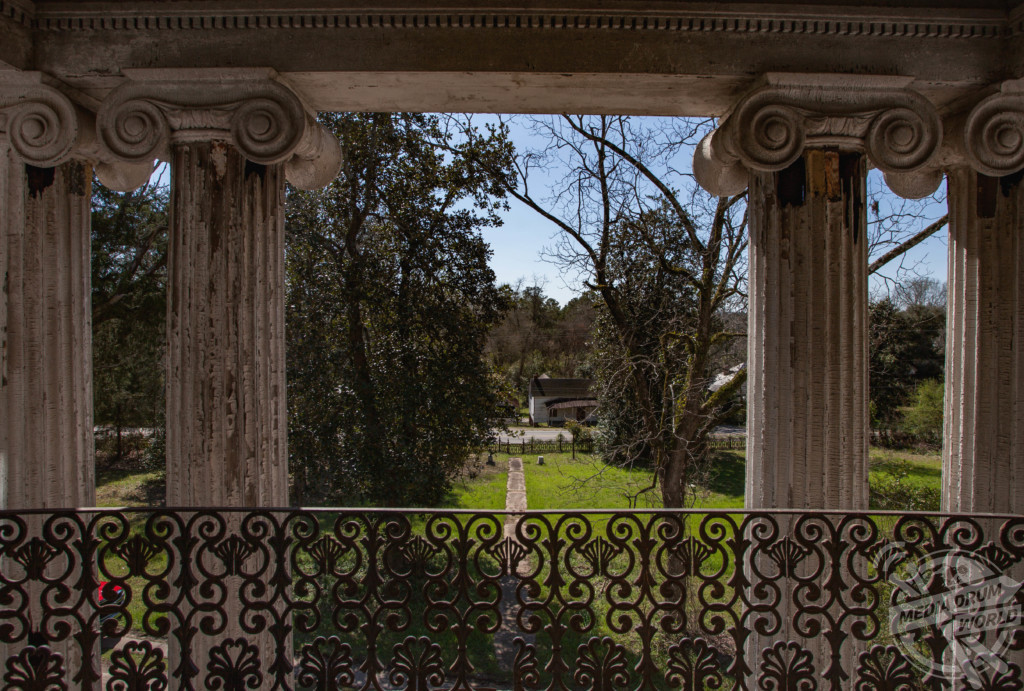
Other incredible images show the spacious interior with most of the rooms cleared out, while ornate woodwork remains above the doors and fireplace with two lonely seats being all that’s left.
The striking shots were taken at Rockwell house in Milledgeville, Georgia by an urban explorer known as Abandoned Southeast.
“This magnificent home was built for Colonel Samuel Rockwell in 1838 in Milledgeville, Georgia,” he said.
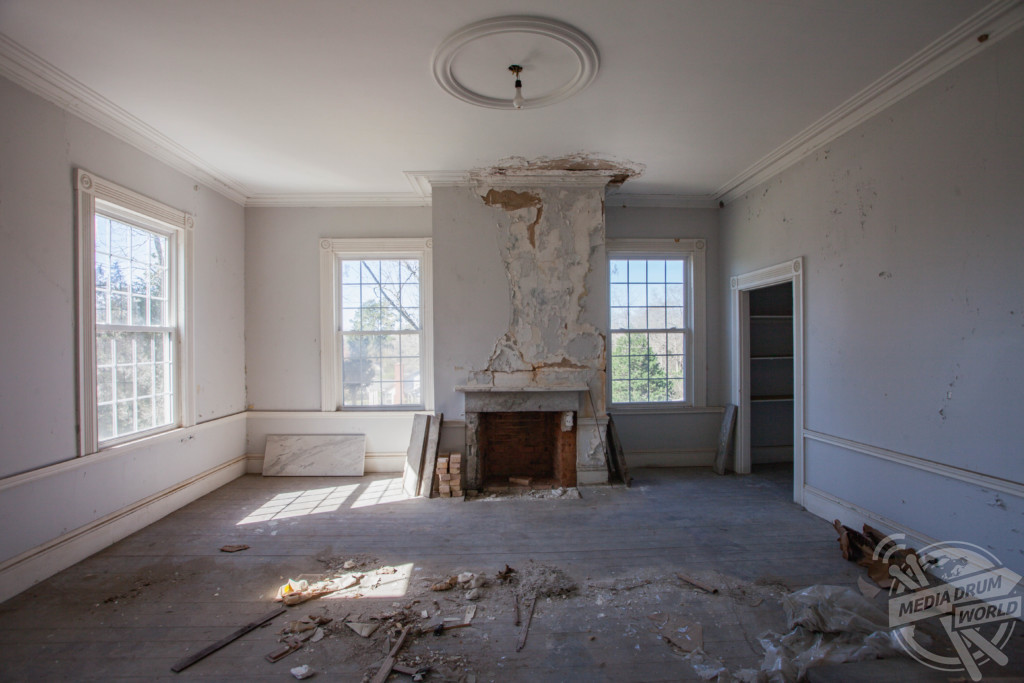
“The ideal location for a house during the antebellum period was thought to be in the middle of a grove of trees at an appropriate distance from the road on the crest of a hill. The Rockwell House was built by architect Joseph Lane Sr, who Rockwell brought with him from Maine. Lane also designed buildings at nearby Oglethorpe University.
“A cast iron fence in front of the extensive lawn is reported to have cost $2,600 when it was new while the house only cost $2,500. The story is told that when Col. Rockwell learned of the cost of the fence, he had a heart attack. There are no markings on the fence as to where it came from. One source said the fence came from London, England. Many historians believe the fence to have been cast in Milledgeville. It has been attributed to the Dugal Fern and Brothers Foundry.
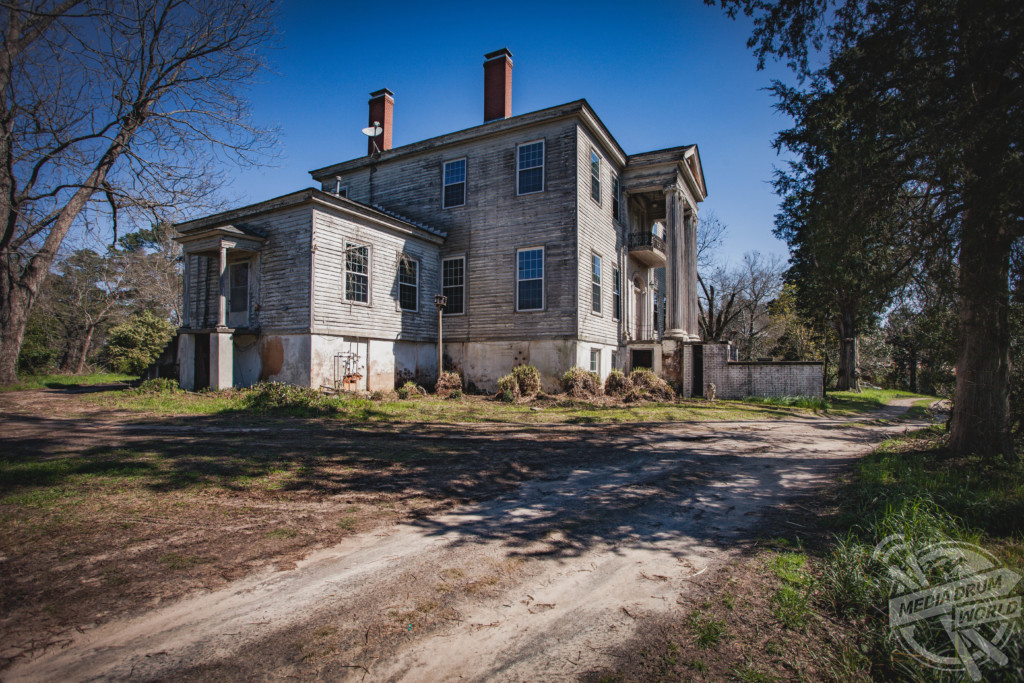
“There are a number of stories and rumours about the Rockwell House including a rumor of gold buried in the vicinity of the house.
“The Rockwell House consists of eight rooms along with a front and rear foyer on both levels. The front porch greets visitors with steep steps and large columns. The amount of labour that went into constructing this home is astounding. Each piece of lumber had to be cut by hand.
“An unusual feature of the house is the spiral staircase. It is believed to be a copy of the chaperone stairways common in homes of this period. As a rule, these stairways were not as elegant as this one though.
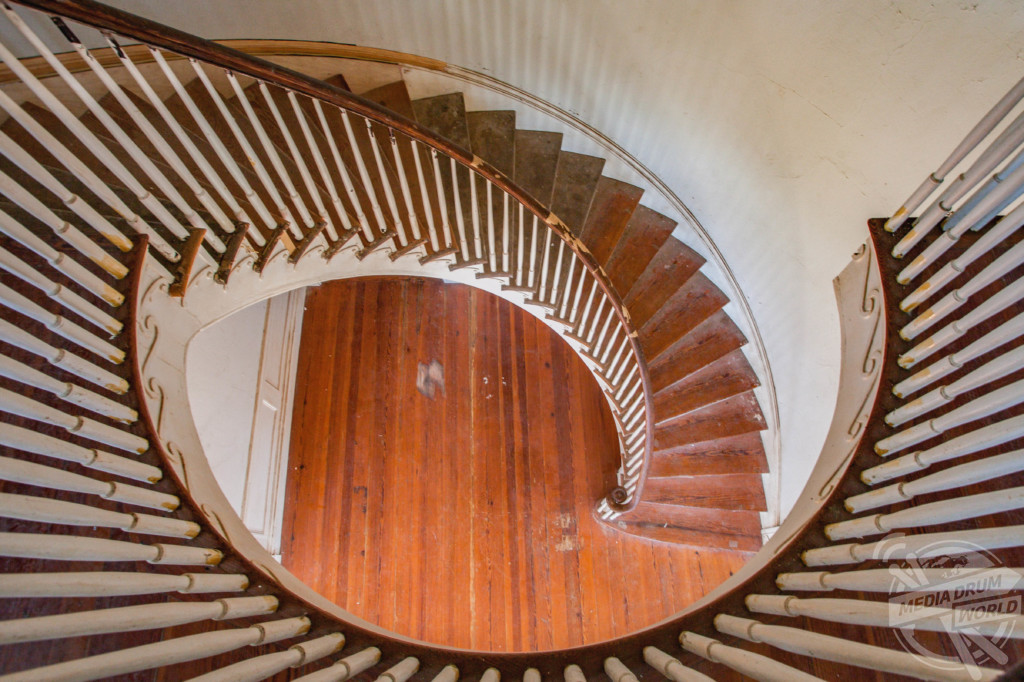
“The Rockwell House was constructed using a notch and peg system. The only use of nails was in the weatherboarding on the exterior and in the slats used to the hold plaster inside. The same notch and peg system was used to build the slave quarters and carriage house at the rear of the house.”
Samuel Rockwell was the seventh generation of Rockwells in America. He was born in 1788 in Albany, New York. Rockwell moved from Maine to Georgia in 1834. He was a slave holder and a member of the Georgia Militia. Prior to his law practice in Milledgeville, he served as an attorney in Savannah. He served as Inspector of the 3rd Division and Adjutant General under General Sanford during the Creek Indian War in 1836. He was also on the building committee for the first buildings at the State Lunatic Asylum, later renamed Central State Hospital.
The Rockwell House was occupied by Col. Rockwell and his family for only a very short period due to his untimely death in 1841. It is not known if the house was left vacant, but eventually the property was owned by Hershel V. Johnson. In 1853, Johnson became Governor and used the residence as his summer home. It was not unusual back in those days for citizens to own homes in Milledgeville and also have another summer home nearby.
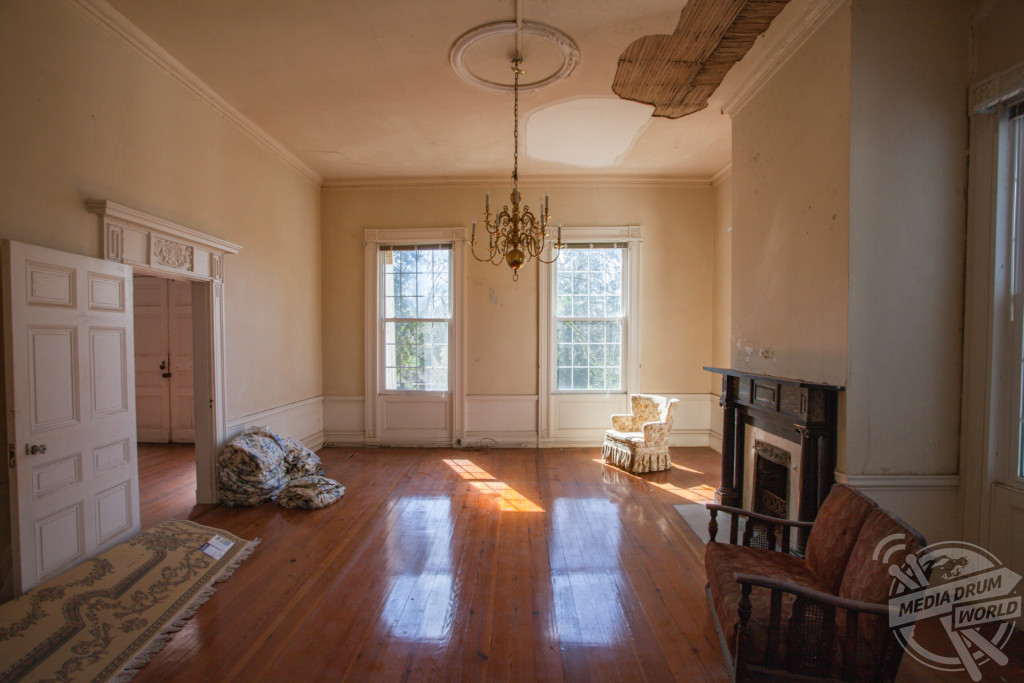
In the following years, the Rockwell House was home to numerous merchants and farmers. Mr. Marshall Bland purchased the house in 1904 and lived there a decade. The Blands moved out for a year in 1910 when Mr. Bland believed he sold the house. A man from out of state wanted to buy the house and paid Mr. Bland a deposit. The man never returned to take possession of the house and the family moved back into the house in 1911.
The house was sold by Mr. Bland to his cousin, Oscar Ennis, who occupied the home with his family until 1962. The house was sold to Dr. Robert Watson in 1967. Dr. Watson began work to restore the home until tragedy struck. In August 1969, while removing paint with a blow torch, workers set fire to an upstairs portion of the house.”
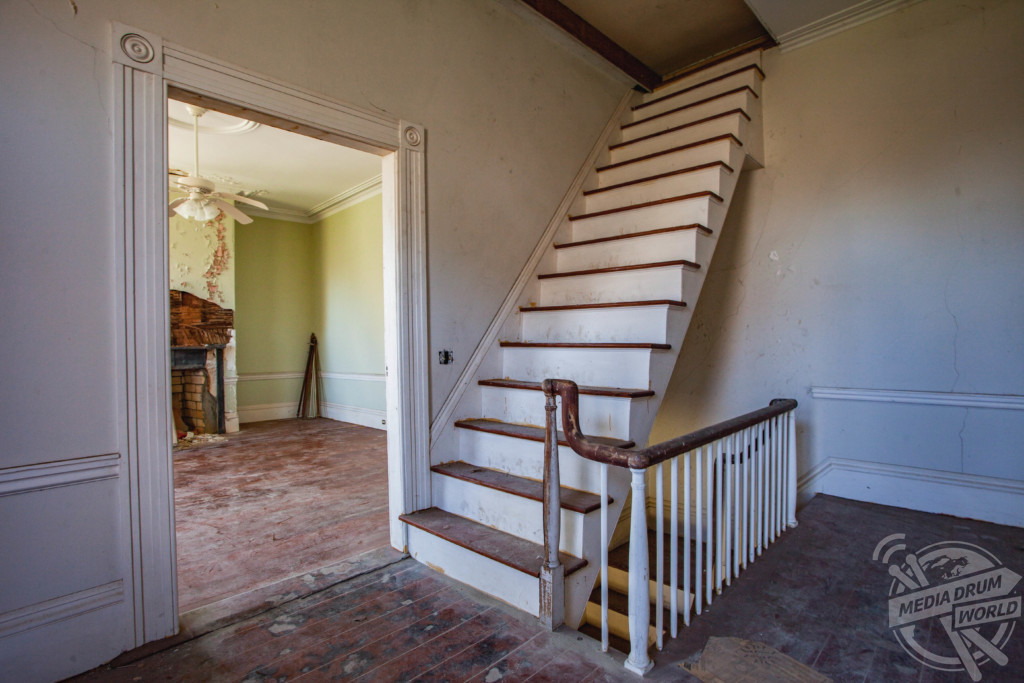
The house was stripped of a lot of its original features after this fire, as Abandoned Southeast explained.
“In 1969, through efforts of numerous groups, the dining room of the Rockwell House was selected for the Winterthur Museum near Wilmington, Delaware,” he said.
“The museum was able to purchase the room after the fire and money from the sale went towards repairs on the house. What the museum purchased was the black marble mantle, the woodwork, and impressions of the plaster around the ceiling medallion. The woodwork included two sliding panel doors that were between the living and dining room, all the door facings along with the wainscoting. However, he would not sell the museum the floor. The room was reassembled to create a ‘historically accurate’ room known as the Georgia Room in their museum.
“The house stands today thanks to the efforts of Mr. and Mrs. Ogden. A local man planned to buy the home and sell the valuable doors and mantles out of it. Mr. Ogden was able to buy the house eventually.

“A renovation has been underway since 1971 to restore the Rockwell House. However, very little has changed over the last several decades. The base of the columns on the front porch were originally wood, now they are concrete. The front porch buttress was originally wood and has since been replaced with brick.”
The Rockwell House was purchased in 2019 by Ross Sheppard, a realtor in Atlanta who specializes in historic preservation. Sheppard credits his consultant, Kyle Campbell with Preservation South in Greenville, South Carolina, for managing the tax credit application process and providing general preservation consulting. You can follow their restoration progress of the Rockwell House on Facebook and Instagram.

